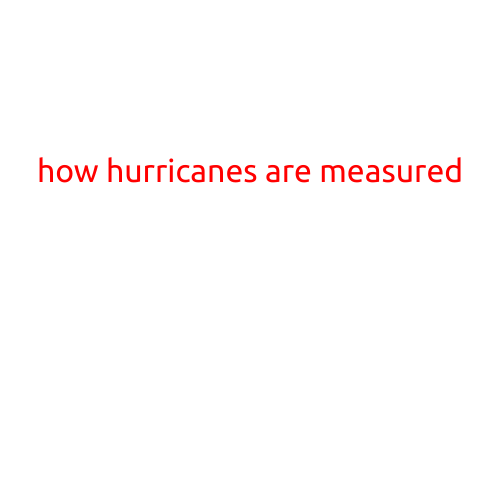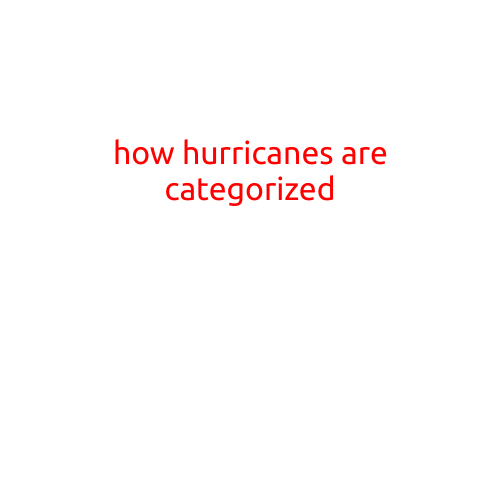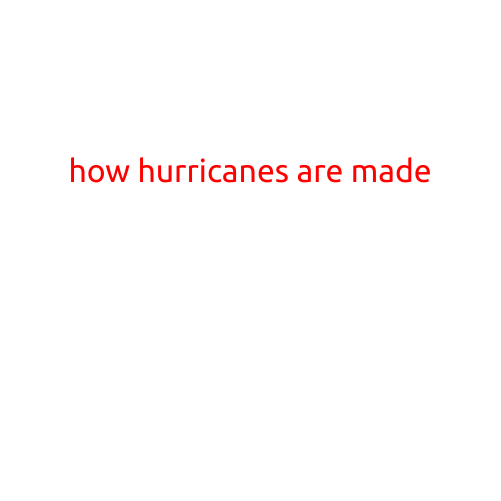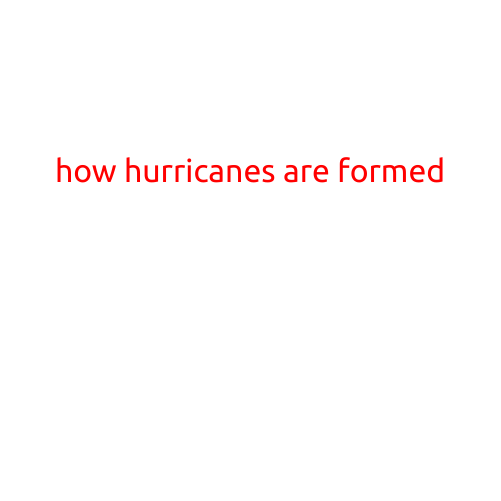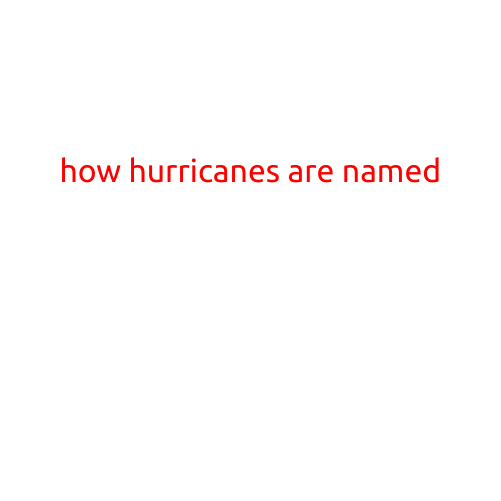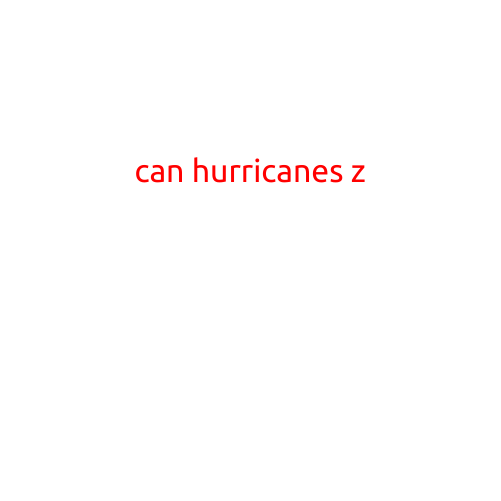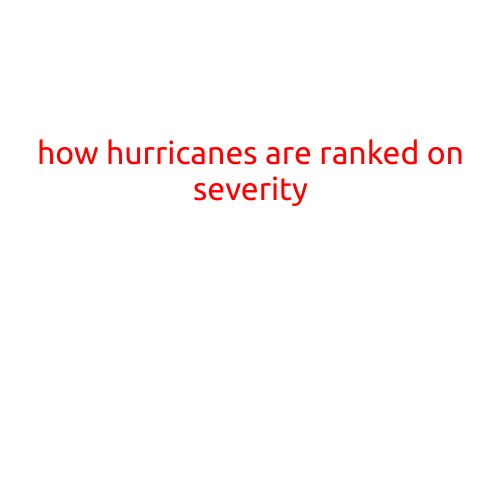
How Hurricanes Are Ranked on Severity
Hurricanes are powerful tropical cyclones that can bring catastrophic damage and loss of life to coastal communities. To help predict their impact and prepare for their arrival, hurricane severity is ranked using the Saffir-Simpson Hurricane Wind Scale (SSHWS). The SSHWS categorizes hurricanes into five levels of intensity, each designated by a number from 1 to 5. In this article, we will explore how hurricanes are ranked on severity and what to expect from each category.
The Saffir-Simpson Hurricane Wind Scale
The SSHWS was developed in 1971 by Herbert Saffir and Bob Simpson, two engineers who wanted to create a consistent way to classify hurricanes based on their wind speed. The scale takes into account the sustained wind speed of the hurricane, as well as the potential damage it could cause.
Category 1: Winds of 74-95 mph
A Category 1 hurricane has sustained winds of 74-95 mph (64-82 kt, 119-153 km/h). While these winds are strong enough to cause damage, they are typically not severe enough to cause catastrophic damage. Storm surges, flooding, and power outages are possible, but the overall impact is expected to be relatively mild.
Category 2: Winds of 96-110 mph
A Category 2 hurricane has sustained winds of 96-110 mph (83-95 kt, 154-177 km/h). Wind damage is becoming more significant, and there is a greater risk of power outages and flooding. Storm surges can reach 6-8 feet (1.8-2.4 meters) above normal tide levels.
Category 3: Winds of 111-129 mph
A Category 3 hurricane has sustained winds of 111-129 mph (96-112 kt, 178-208 km/h). Wind damage is severe, and there is a significant risk of power outages, flooding, and structural damage to buildings. Storm surges can reach 9-12 feet (2.7-3.6 meters) above normal tide levels.
Category 4: Winds of 130-156 mph
A Category 4 hurricane has sustained winds of 130-156 mph (113-136 kt, 209-257 km/h). This is the highest category where sustained winds are still within the range of what conventional buildings can withstand. However, there is a high risk of catastrophic damage, including loss of roofing material, collapse of exterior walls, and damage to well-built frame homes.
Category 5: Winds of 157 mph or Higher
A Category 5 hurricane has sustained winds of 157 mph or higher (136 kt or higher, 258 km/h or higher). These storms are considered catastrophic and can cause extreme damage, including complete destruction of buildings and infrastructure. Storm surges can reach 18 feet (5.5 meters) or higher above normal tide levels.
Conclusion
Understanding the severity of hurricanes is crucial for predicting their impact and preparing for their arrival. By knowing the category of a hurricane, residents can take necessary steps to protect themselves, their property, and their community. Remember, the Saffir-Simpson Hurricane Wind Scale is just one tool to help predict the severity of a hurricane, and other factors such as storm surges, flooding, and rainfall should also be considered when assessing the potential impact of a storm.
